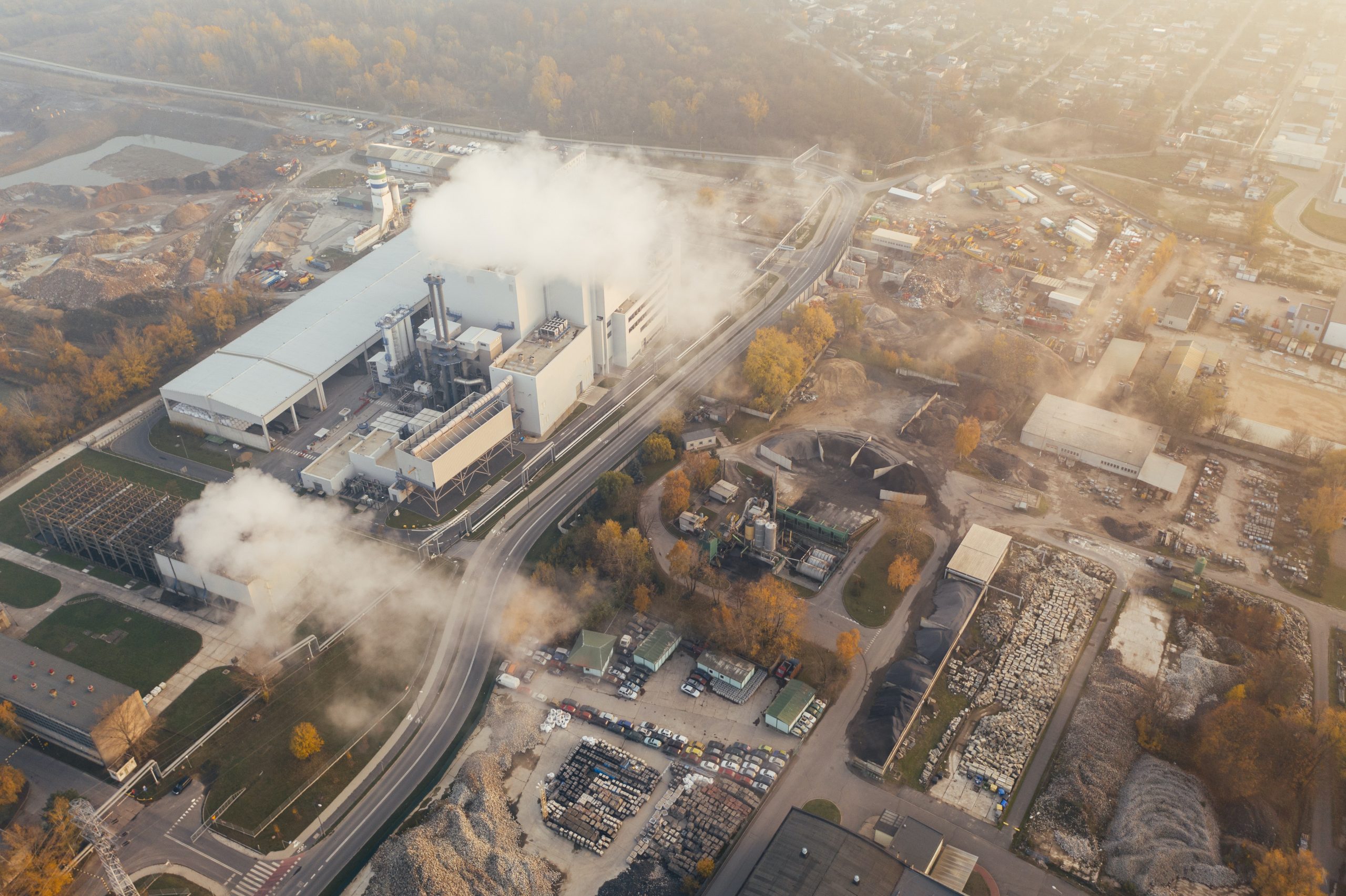Global warming and climate change can only be understood and addressed if the atmospheric gasses known as greenhouse gas emissions (GHGs) are quantified. GHG emissions will rise strongly in 2021, even if COVID-19 caused an initial decrease in emissions, according to the Un Environment Program’s latest Emission levels Gap Report (EGR).
However, human activity has also contributed to an alarming rise in the number of GHGs emitted as well as their concentration in our atmosphere.. As a result of this elevated concentration, climate change may be exacerbated. As a result of the rise in extreme weather events (such as droughts, wildfires, and storms), millions of people are affected and trillions of dollars are lost.
By 2030, if we don’t reduce annual Gas ( ghg ) emissions by half, it will be extremely difficult to keep global temperature from rising more than 1.5°C beyond pre-industrial levels by 2100. If present pledges to cut pollution are kept, the world would rise by 2.7 degrees Celsius above pre-industrial levels even by the end of the century.
Human-caused greenhouse gas emissions “endanger human and environmental health,” claims Mark Radka, UNEP’s Chief of Energy and Climate Branch. “And if we don’t take robust climate action, the consequences will only get worse.”
What Are The Primary Greenhouse Gasses, And How Do They Affect The Climate?
The primary GHGs are co2 (CO2), methane (CH4), and nitrous oxide (NOx). CO2, methane, and nitrous oxide all have half-lives in the atmosphere of about ten years each. Compared to carbon dioxide, methane is 70 times more effective in generating global warming, while laughing gas is 280 times more potent. Read also What Happens When The Wrong Things Go Into Recycling?
There are still many countries around the world relying on fossil fuels such as coal, oil, and natural gas. CO2 is a colorless, invisible gas that is produced when various fuels are generated by burning electricity, power vehicles, or heat.

55% of human-caused methane production comes from the extraction of oil and gas, coal mining, and waste landfills. Cows, sheep, and other ruminants digest food in their stomachs, which accounts for around a third of human-caused methane emissions. Rice farming and the breakdown of manure are two other agricultural sources of methane.
Agriculture is the primary source of nitrous oxide emissions from humans. Soil and water bacteria naturally convert nitrogen to nitrogen oxide, but fertilizer use and runoff exacerbate this process by introducing additional nitrogen to the ecosystem.
Do You Know What Additional Greenhouse Gasses There Are?
As a result, fluorinated gasses, such as hydrofluorocarbons, PFCs and sulfur hexafluoride, are man-made greenhouse gasses (GHG). CFCs, which damaged the ozone and were phasing out thanks to the Montreal Protocol, were replaced by hydrofluorocarbons (HFCs). Other gasses are used in industry and commerce.
Fluorinated gasses are significantly less common than other GHGs, and unlike CFCs, they do not destroy the ozone layer. There are 460 to 16,300 times more global warming potential in fluorinated gasses than CO2 during a 20-year span.
The greenhouse effect is mostly caused by water vapor, which is the most prevalent GHG in the atmosphere. Only a small percentage originates from man-made sources, while the rest is the result of natural processes. Because human emissions are so minuscule, they have a minimal effect on global warming.

